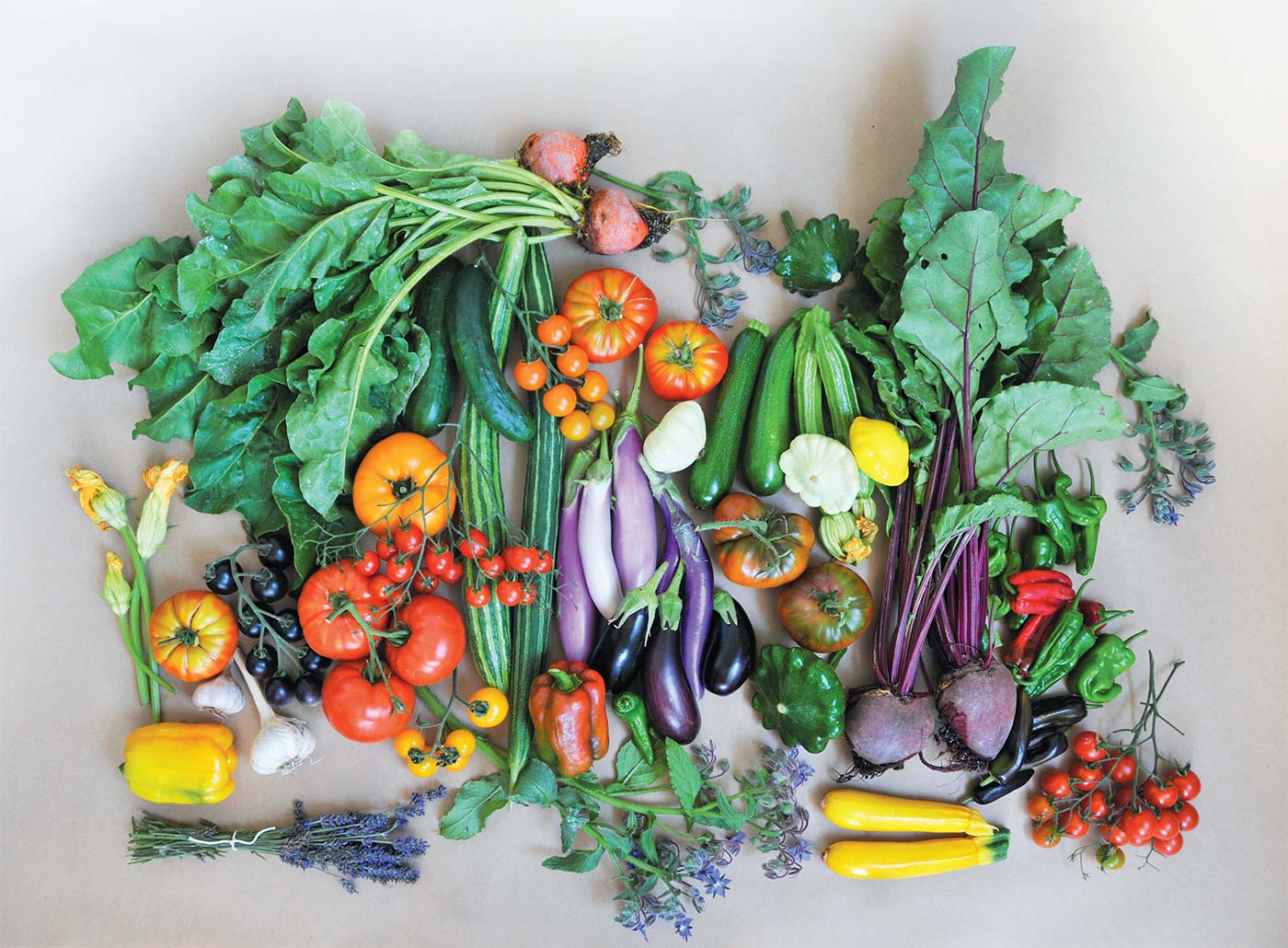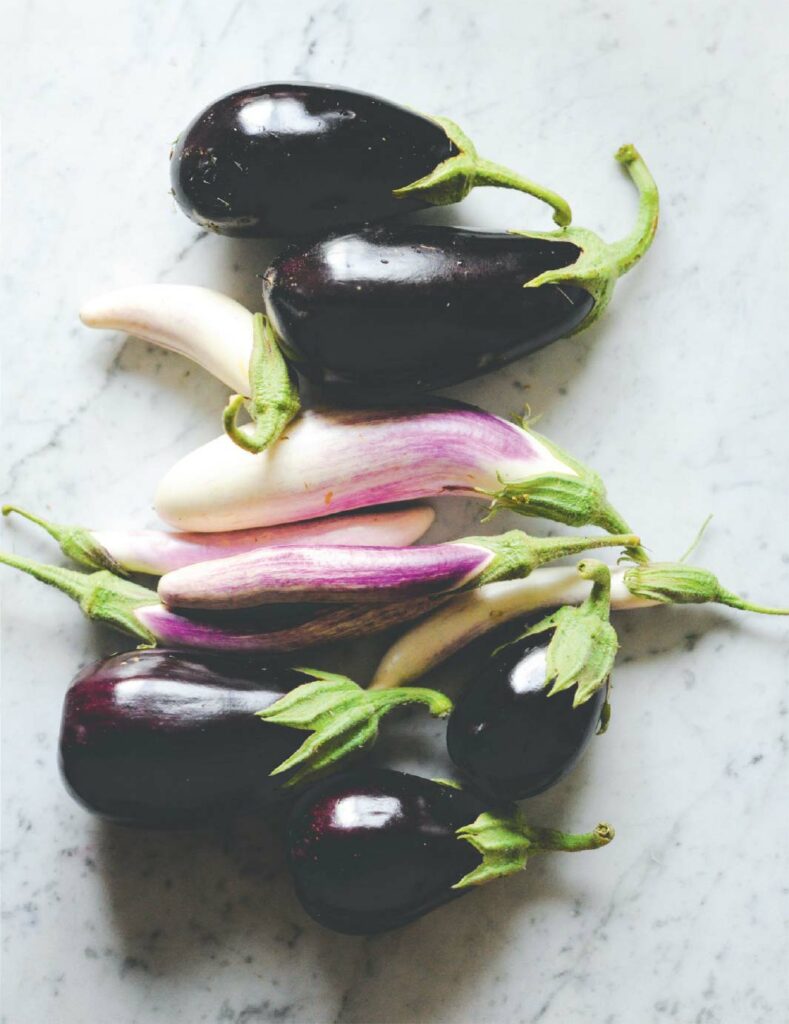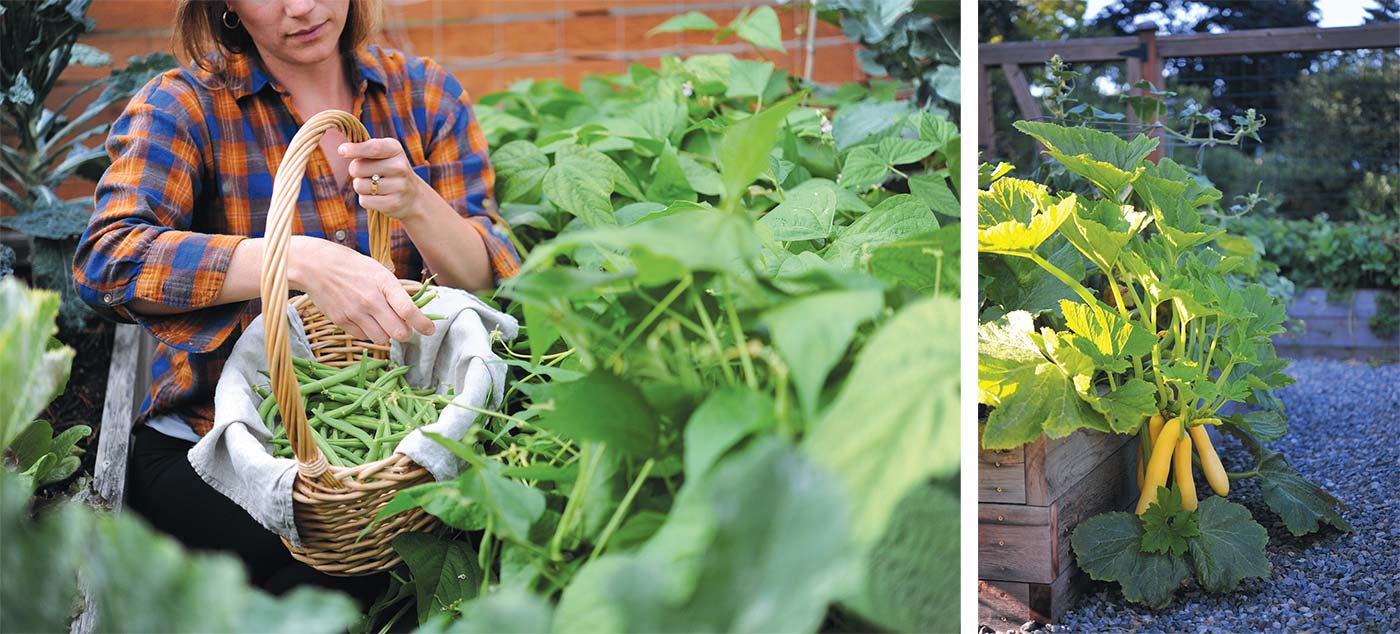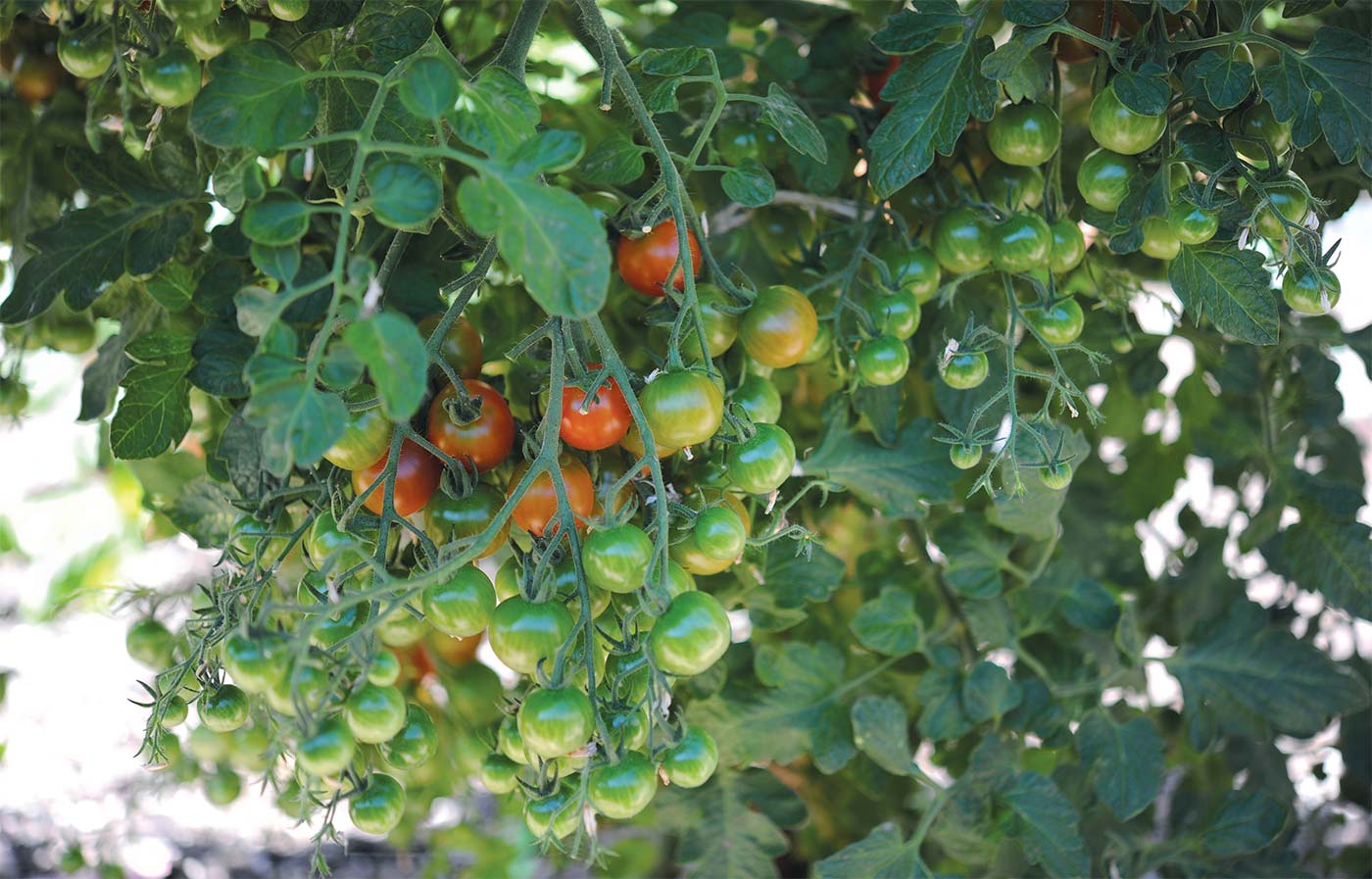
Use this winter to dream up your dream garden
There’s nothing more satisfying than flipping through seed catalogs and selecting the crops you want to grow in the coming season. From the comfort of your couch you can visualize the most amazing garden you’ve ever had, and yourself as the most amazing gardener that ever lived. I’m sure it’s different for everyone, but I can usually see myself with giant biceps, holding a 200 lb pumpkin in each hand.
The moment you start looking for seeds, you’ll quickly realize that crops come in nearly endless varieties. Some are bred to produce the highest yields or the best flavor; others are bred for unique colors, adaptability to a particular climate or disease resistance.
As you gain experience, you can rely more on your own observations to select the right varieties for your garden. Choosing crops and varieties that are adapted to your growing conditions will make your garden much more productive and successful. However, as you get started selecting seeds there are a few major considerations you may want to take into account.
HYBRID OR OPEN-POLLINATED
In general, crops fall into two genetic categories: hybrid and open-pollinated. Hybrid crops are the result of breeding two distinct genetic lines and then mating them to create an offspring with the best attributes of each parent. Open-pollinated crops are bred as a single genetic line over a long period of time, slowly improving over generations.
Many open-pollinated crops are considered “heirloom” varieties. This designation is vague, but indicates that the variety has been grown for a long time and has relatively stable genetics. All heirlooms are open-pollinated, but not all open-pollinated crops are heirlooms.
Many hybrid varieties are more resistant to pests and diseases, and so they can work well in organic gardens. Many also grow more quickly, so are well-suited for challenging climates like ours. For example, most open-pollinated peppers have a difficult time ripening in the cool nights of the Pacific Northwest—less so with hybrid varieties.
Open-pollinated heirlooms are often better tasting than new varieties or hybrids. However, heirloom varieties aren’t inherently better tasting than hybrids—it’s just that heirloom varieties were often selected for taste rather than other attributes. You may want to plant open-pollinated crops simply for the sake of protecting the biodiversity of our food crops. The best way to protect and preserve these crops is to grow them, eat them and save their seeds to replant.
Whatever you’re selecting for, it’s best to plant a mix of hybrids and open-pollinated varieties to maximize success.
SEASONALITY
Seed descriptions may indicate if a variety was bred to tolerate specific weather conditions. This may be included in the variety name, as in “Black Summer Bok Choy.” Alternatively, it may be included in the description of the crop: “great summer variety” or “best when planted for spring production.”
These indicators are crucial because they will tell you when and where to sow the crop for best performance. For example, there are hundreds of varieties of head lettuce, which is known for its heat intolerance. Summer heat makes it bitter and causes bolting. To address this issue, breeders have worked to develop varieties that perform better in midsummer conditions. The names and descriptions of the lettuce varieties will tell you whether the seeds should be sown early, in the middle or late in the season.

CLIMATE
Certain crops are suited for particular climates. Crops from tropical regions will always be more challenging to grow in cooler climates. Crops like tomatoes, peppers and eggplants are heat-loving, and will produce for incredibly long seasons in Georgia, but very short seasons in the Pacific Northwest.
Other crops like peanuts, sweet potatoes, watermelons and okra require so much heat that they’re nearly impossible to grow in cool climates. Similarly, crops like spinach and broccoli produce greater yields in cooler places. You’re likely to choose crops from all regions of the world, but be sure to match your planting plan and your variety selections to your area.
DISEASE RESISTANCE
Plant breeders have worked hard to create varieties that are more resistant to disease. Seed catalogs will often include indicators for a crop’s resistances, usually in notation—so “PM” will refer to powdery mildew, and “CMV” will refer to cucumber mosaic virus.
However, selecting a variety specifically for its disease resistance won’t be helpful if that disease isn’t a problem in your garden to begin with. It’s not generally a problem to plant a variety that’s resistant to a disease your garden doesn’t have, but sometimes varieties bred for disease resistance have other less desirable traits, like producing lower yields or smaller fruit than another variety would.
HARVEST WINDOW AND STORAGE CAPACITY
Even closely related varieties can show differences in their ability to hold quality in the garden and in the kitchen. For crops that have the tendency to flower prematurely, look for varieties labeled “slow-bolting.” If you intend to store crops like potatoes or carrots through the winter, make sure you’ve chosen a long-storage variety. Keep your garden goals in mind, and order seed types that meet those parameters.
TASTE
Why even bother growing something that you don’t like to eat? Catalog descriptions can only vaguely describe flavor, so it may take time to find the varieties you like best. You can make quicker progress by asking for variety names at the farmers market when buying vegetables and by talking with other gardeners.


PRODUCTIVITY
The top-line attribute for many crop varieties is their productivity. Some varieties, like “Provider” beans or “Sweet Million” signal that they are abundant producers, but trial and error will play a role in your microclimate. Keeping good records will make sure you keep track of high-yielding all-stars for future seasons.
QUANTITIES AND STORAGE
The quantity of seed you’ll need will vary depending on the crop, the number of plants you’re planning to grow and whether you’ll be sowing succession plantings. A small packet of seeds should be plenty for most long-season crops, like winter squash, tomatoes and tomatillos. If you’re trying out a new variety but don’t know if it will perform well or if you’ll like the taste, winter is a good time to order a small packet. If the crop performs well, it’s easy to reorder for later in the season.
If you’re planning for multiple plantings of short-season crops like lettuce or radishes, you’ll likely need to order a bigger pack of seeds. Most good seed catalogs will have information to help you determine how much seed to order. It should indicate how many seeds to sow per row foot for direct-seeded crops, or how many are needed to produce transplants for X number of row feet. They also may tell you how many seeds are in an ounce or a pound.
Regardless of the quantity, plan to order at least 20% more seeds than you think you need to compensate for low germination and other variables.
One last thing to consider when thinking about seed quantities: not all seeds store equally well. The seeds of some crops, like tomatoes and lettuce, maintain viability for five years or more, while alliums and parsnips have very limited viability and may only keep for a single year. You can purchase a multi-year supply of a tomato variety that you know you like, but may have to order onion seeds every season.
Most seeds will keep longest if they’re placed in a resealable plastic bag or airtight container and stored in the refrigerator or freezer. This is especially true for seeds that have a short storage life. Keep in mind that every time you move a seed packet from the refrigerator to a warm room, moisture will condense on it, which could reduce its lifespan. In light of this, I’d recommend room-temperature storage for seeds that will be succession planted frequently throughout the year.
In fact, since fridge space is often at a premium, you might store all of your seeds at room temperature in an area that remains consistently dark and dry. Good locations are a closet, cabinet or clothes dresser in a room without south-facing windows. A garage or tool shed may not be a great location because of the wide variability in temperature and humidity through the year.
And there you have it! Hopefully that’s everything you ever wanted to know about seed ordering. Happy planning!
That’s all for now, folks! Catch more expert gardening advice from Colin & Hilary on their new podcast, Encyclopedia Botanica.
